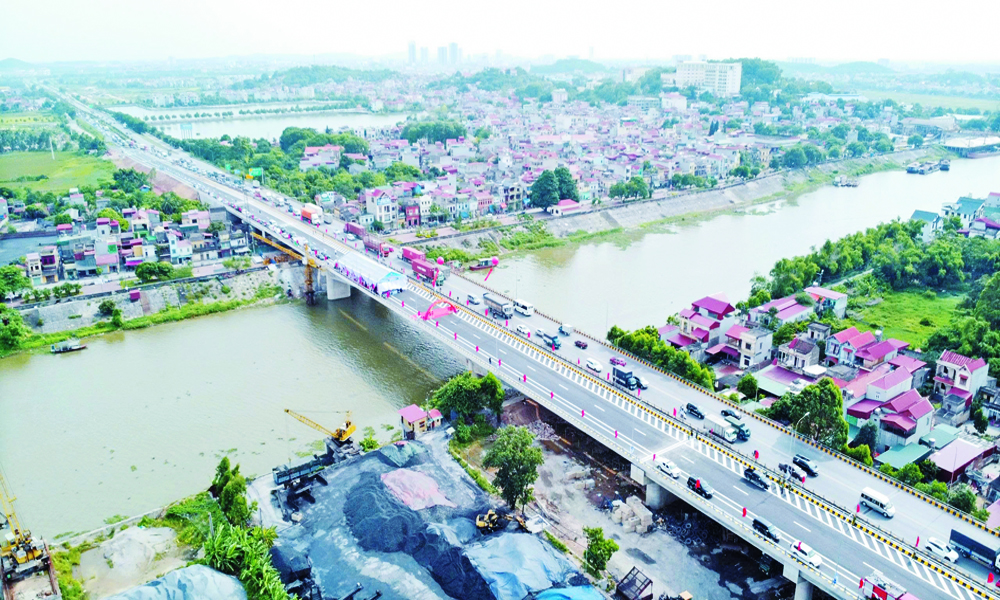 |
The expansion of Nhu Nguyet Bridge has completely resolved the local congestion on National Highway 1. |
Facing the capital, facing the sea
Located on the Hanoi - Bac Giang - Lang Son - Cao Bang economic corridor and belonging to the Hanoi Capital Region Planning, Bac Giang possesses a strategic geographical location: only about 50 km from the capital and Noi Bai airport, 110 km from the Vietnam - China border, about 140 km from Hai Phong and Quang Ninh seaports.
This “dual gateway” location gives Bac Giang a superior advantage in logistics, goods circulation and supply chain connectivity. However, as the number of investing enterprises increases, the connecting infrastructure begins to show many bottlenecks, especially at Nhu Nguyet Bridge – a vital intersection on Highway 1, which is often congested, greatly affecting the import and export activities of enterprises.
According to regulations, the upgrading of Nhu Nguyet Bridge is under the authority of the Ministry of Transport and uses the central budget. However, in response to urgent practical requirements, Bac Giang province has proactively proposed a special mechanism: Using the provincial budget for investment, instead of waiting for central funding. The project will build an additional bridge unit next to the old bridge, expanding it to 6 lanes. After completion, the project has completely resolved the prolonged congestion on National Highway 1, creating smoothness for business trading and freight transport.
Mr. Jing Li - Director of Blueway Vina Limited Liability Company (Van Trung Industrial Park, Viet Yen town) said: "Since the Nhu Nguyet bridge was expanded, traffic has become much more convenient. Transporting goods from the factory to the airport or vice versa is no longer a pressure". As a Chinese enterprise specializing in the production of electronic components, operating in Bac Giang since 2012, Blueway Vina has continuously expanded, currently creating stable jobs for nearly 1,000 workers. The enterprise hopes that the province will continue to support high-quality labor to meet its expansion plan in the coming time.
Not only focusing on removing traffic bottlenecks towards Hanoi, Bac Giang also promotes investment in connecting infrastructure towards the sea to shorten transportation time and costs and expand development space. Notable projects include the Dong Viet bridge project and the connecting road with Hai Duong province (total capital of nearly 1,500 billion VND); along with the plan to coordinate with Quang Ninh province to invest in the road connecting Son Dong district (Bac Giang) with Ha Long city - the largest seaport and tourism center in the North.
Transport goes first, paving the way for growth
Identifying transportation as an important “lever” for socio-economic development, Bac Giang always prioritizes strong investment resources in this field. Among many key projects, Provincial Road 293, also known as the “spiritual road”, is considered a connecting vein of revival, when awakening the particularly difficult areas of Luc Nam, Luc Ngan, Son Dong, creating a strong transformation for the eastern mountainous area of the province.
In the 2021-2025 period, Bac Giang allocated more than VND 9,700 billion from public investment capital for transportation, accounting for a large proportion of the total investment capital for socio-economic infrastructure in the province (about VND 27 trillion from 2021 to present). The province focuses on regional connecting traffic routes such as Ha Bac I and II bridges connecting Bac Ninh; Hoa Son bridge and access roads; National Highway 37 - National Highway 17 connecting Thai Nguyen; road connecting My An port - National Highway 31 - National Highway 1 towards Lang Son. In particular, Bac Giang focuses on developing transportation in ethnic minority and mountainous areas, narrowing regional gaps and creating a foundation for even economic development.
Not only the government's participation, Bac Giang people also actively contributed to the development of transport infrastructure. Thousands of households voluntarily donated land, dismantled works, creating favorable conditions for site clearance, many places also directly participated in protecting and renovating infrastructure after the project was completed. Thanks to the high consensus of the people, Bac Giang's provincial road network has made a breakthrough development. From 2021 to 2025, the whole province is estimated to open and upgrade about 336 km of provincial roads, nearly 100 km higher than planned. The number of provincial roads increased from 18 to 37/40 planned routes, the total length from more than 400 km to nearly 900 km, doubling after only one term.
The great strides in Bac Giang's transport infrastructure cannot be separated from the companionship and practical support from neighboring provinces. A typical example is the Dong Viet bridge project, a strategic connection between Bac Giang and Hai Duong. Although the project is invested by Bac Giang, the implementation process cannot be successful without close coordination from Hai Duong, especially in site clearance and investment in connecting roads.
 |
Thanks to the synchronous investment in the transportation system, Blueway Vina Company exports products more conveniently. |
In addition to Hai Duong, Bac Giang also strongly promotes transport cooperation with Quang Ninh, Bac Ninh and other provinces in the region. With Quang Ninh province, to connect with Provincial Road 291 extending from Son Dong district (Bac Giang), Quang Ninh has issued a Resolution to invest in an extension road of about 8 km, with a total investment of more than 1,400 billion VND from the provincial budget. This province is also implementing many projects connecting with some provincial roads of Bac Giang, opening up a direct connection from the northeastern mountainous region to Quang Ninh seaport.
Meanwhile, Bac Ninh has just inaugurated a road connecting to Ha Bac II Bridge of Bac Giang, a project of strategic significance in regional connectivity, connecting Viet Yen town, Hiep Hoa district (Bac Giang) with Yen Phong district (Bac Ninh), creating a parallel industrial and urban development axis.
The roads and bridges connecting localities not only shorten geographical distances but also stimulate economic and cultural flows between regions. Thanks to convenient transportation, goods and agricultural products of Bac Giang such as lychees, hill chickens, and processed vegetables can travel further, faster, and deeper into major domestic and foreign markets. Tourism and services also benefit significantly, especially the routes connecting the spiritual region of Tay Yen Tu with Quang Ninh and Hai Duong. This is a vivid demonstration of the "regional linkage" strategy that Bac Giang has been implementing methodically and resolutely, bringing about clear results in practice.
In the context of Bac Giang and Bac Ninh preparing to merge into a new province according to the Central Government's policy, the problem of connecting development space becomes more urgent. The construction of a synchronous and smooth infrastructure system is not only to serve immediate growth but also to lay the foundation for a new development phase, when two large industrial and urban centers in the North are merged to form a stronger growth pole in the Capital region.
According to Mr. Tran Xuan Dong, Deputy Director of the Department of Construction, the merger of Bac Giang and Bac Ninh will open up new requirements in regional infrastructure planning. In the period 2026-2030, the new Bac Ninh province (after the merger) will review and readjust the goals, viewpoints and orientations for transport development, on the basis of expanded administrative boundaries.
The goal is to ensure synchronous connection between industrial zones, clusters, and urban areas with the national transport system, while effectively exploiting inter-regional dynamic axes. Along with that, it is necessary to supplement external connection routes, implementing the Memorandum of Understanding between the Standing Committee of the Bac Giang Provincial Party Committee and neighboring provinces. This is a strategic preparation step so that the merged land is not only connected in terms of boundaries but also seamless in development thinking.
From the continuous economic growth momentum leading the country, to the strong rise of industry as a key driving force, and then to the strategy of expanding development space through infrastructure investment and regional connectivity, Bac Giang is gradually creating a new position and strength for itself in the capital region and the whole country. New bridges, roads, and traffic axes not only connect geographically but also connect opportunities from industry, agriculture to tourism and services. However, for this development process to be truly sustainable and harmonious, Bac Giang needs to seriously look back at the limitations and bottlenecks that still exist from investment quality, chain connectivity, to the lack of service infrastructure and the resilience of businesses and people in the province.
(To be continued)
Source: https://baobacgiang.vn/giai-ma-suc-bat-bac-giang-hien-tuong-tang-truong-kinh-te-cua-viet-nam-bai-3-lien-ket-vung-tao-khong-gian-phat-trien-moi-postid418981.bbg


![[Photo] Prime Minister Pham Minh Chinh receives a bipartisan delegation of US House of Representatives](https://vphoto.vietnam.vn/thumb/1200x675/vietnam/resource/IMAGE/2025/5/28/468e61546b664d3f98dc75f6a3c2c880)

![[Photo] Vietnamese and Hungarian leaders attend the opening of the exhibition by photographer Bozoky Dezso](https://vphoto.vietnam.vn/thumb/1200x675/vietnam/resource/IMAGE/2025/5/29/94d8ceca5db14af3bf31285551ae4bb3)
![[Photo] Prime Minister Pham Minh Chinh meets with Hungarian President Sulyok Tamas](https://vphoto.vietnam.vn/thumb/1200x675/vietnam/resource/IMAGE/2025/5/29/dbcaa73e92ea4448a03fe1d0de6d68e8)


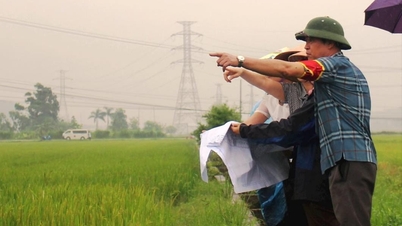

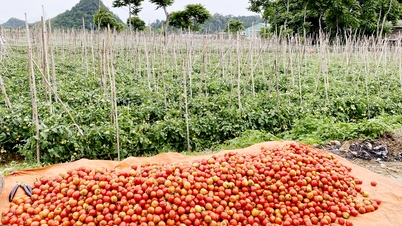

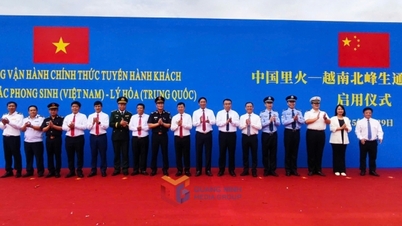

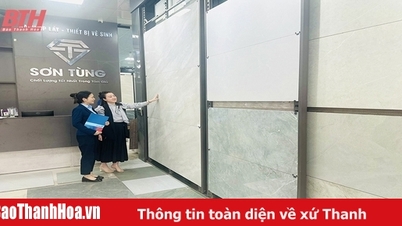

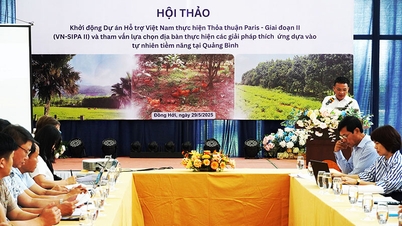

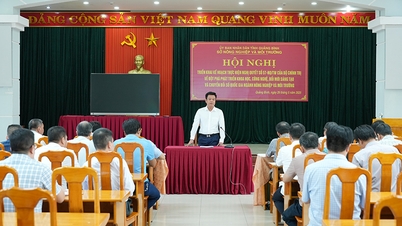







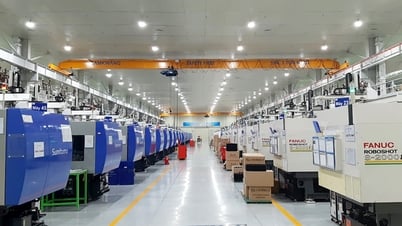
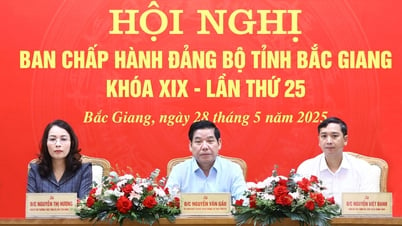


























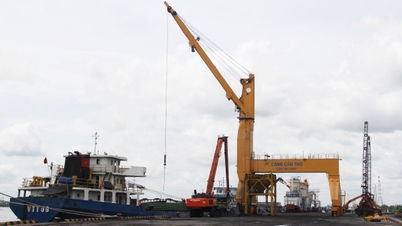


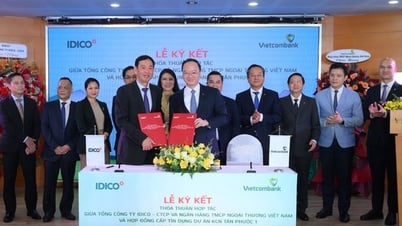







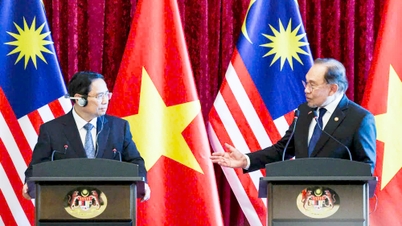

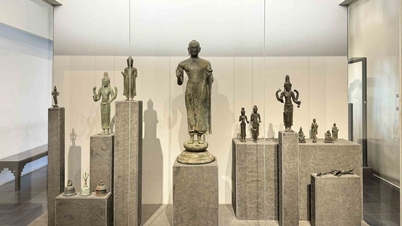
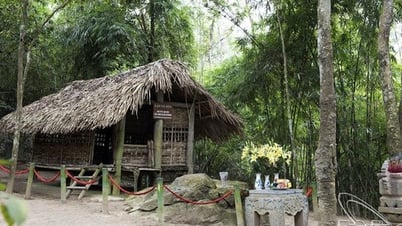
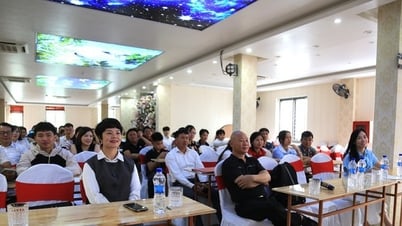





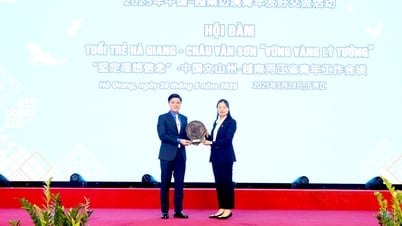
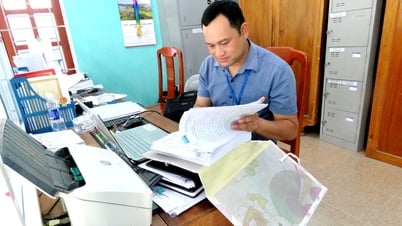
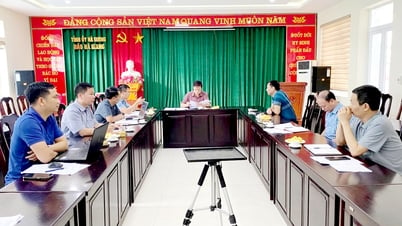






Comment (0)